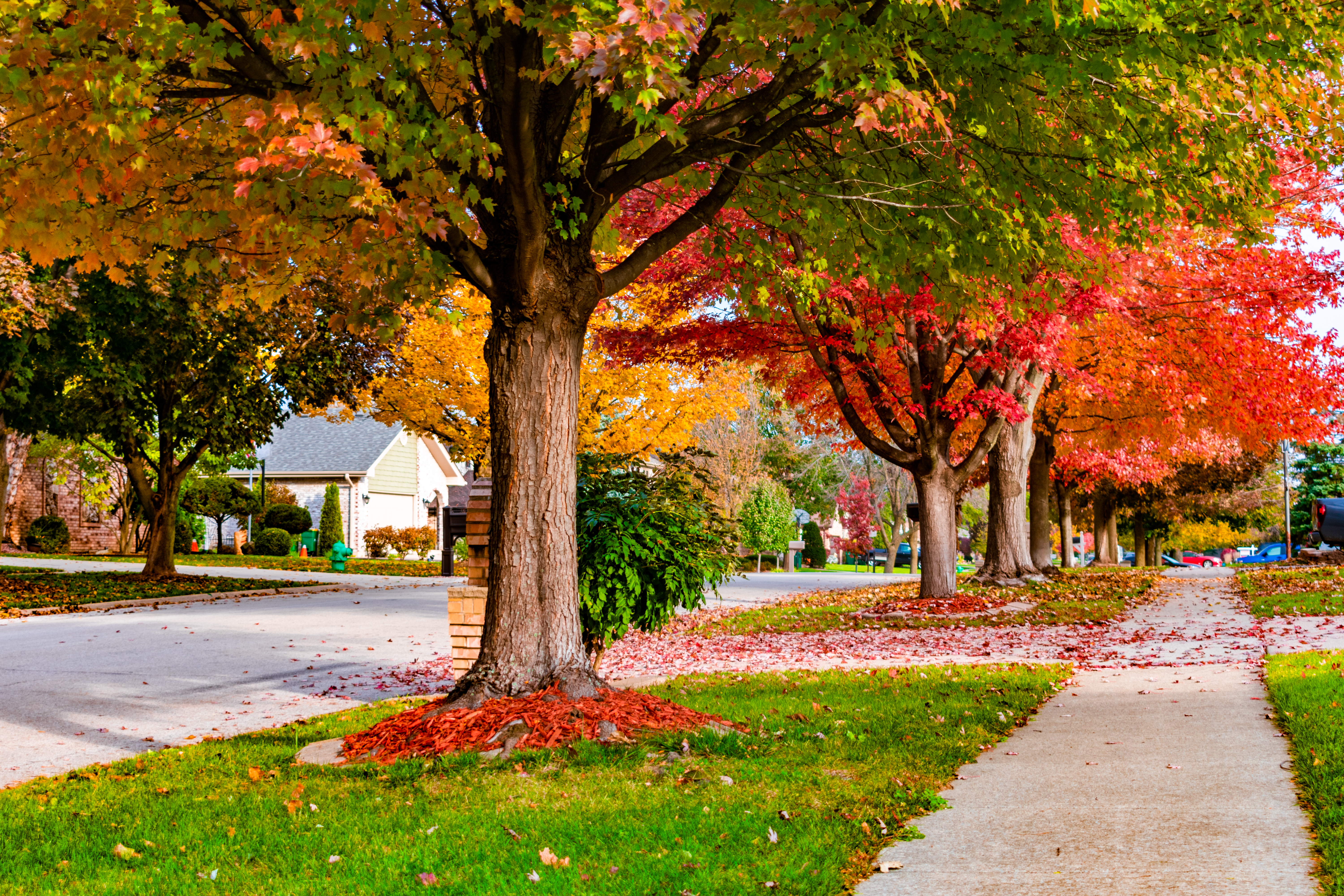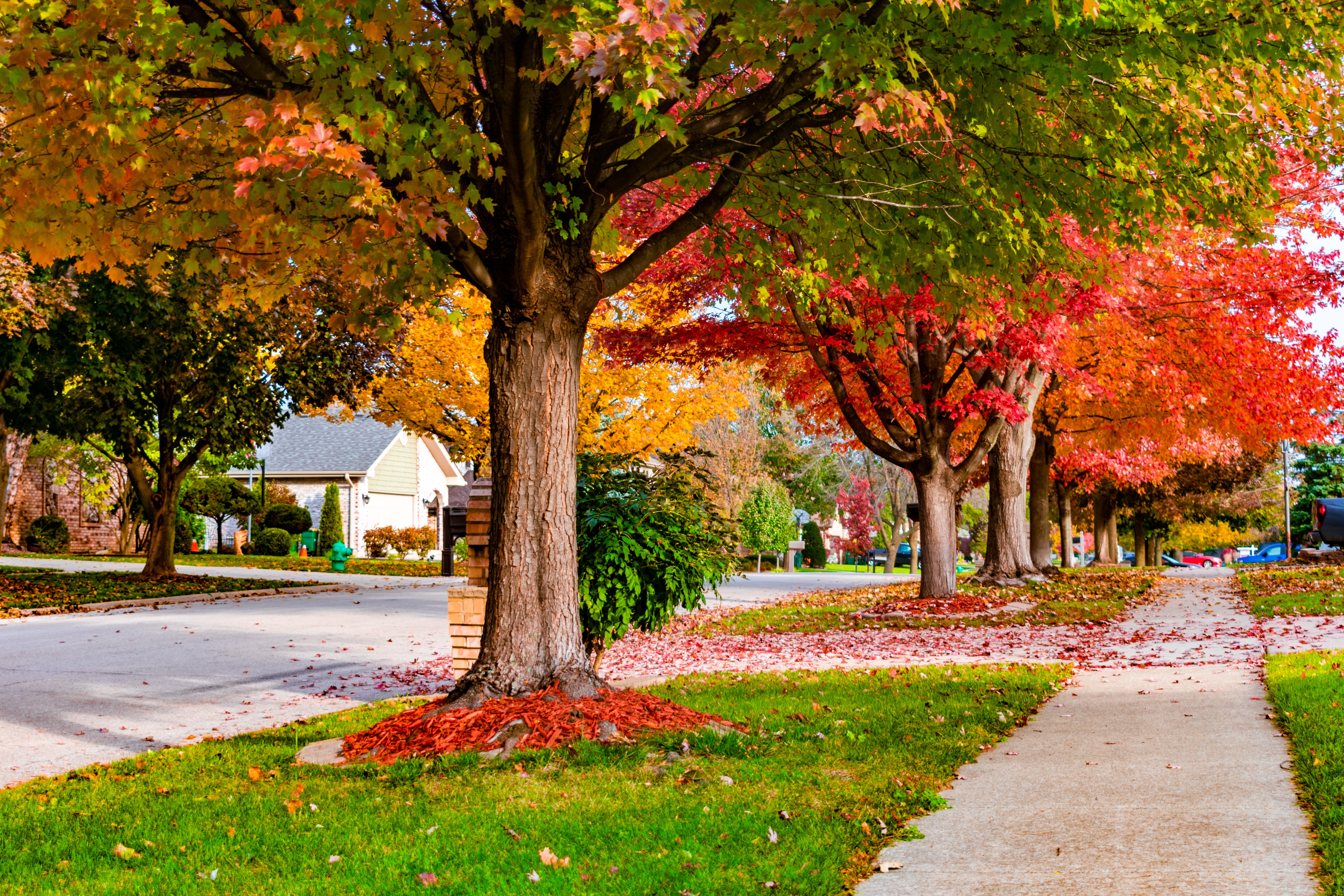
And just like that, summer break is over and school is back in session for millions of Canadian kids. Where did the time go? And do I really need to bust out the fall fleeces again?
Just like our bright-eyed and bushy-tailed youth, home owners in Canada sometimes need a lesson or two in proper lawn care practices during the fall season. Contrary to what many home owners believe, lawns need just as much care and attention during the fall as it does throughout the rest of the year. Making sure the lawn is maintained and prepared for winter is a very important task. When things are managed correctly, in the spring the rewards of what was done the previous fall will pay dividends.
May I have please have the attention of the class! Continue reading for more information on fall lawn care practices.
Aerate Your Soil
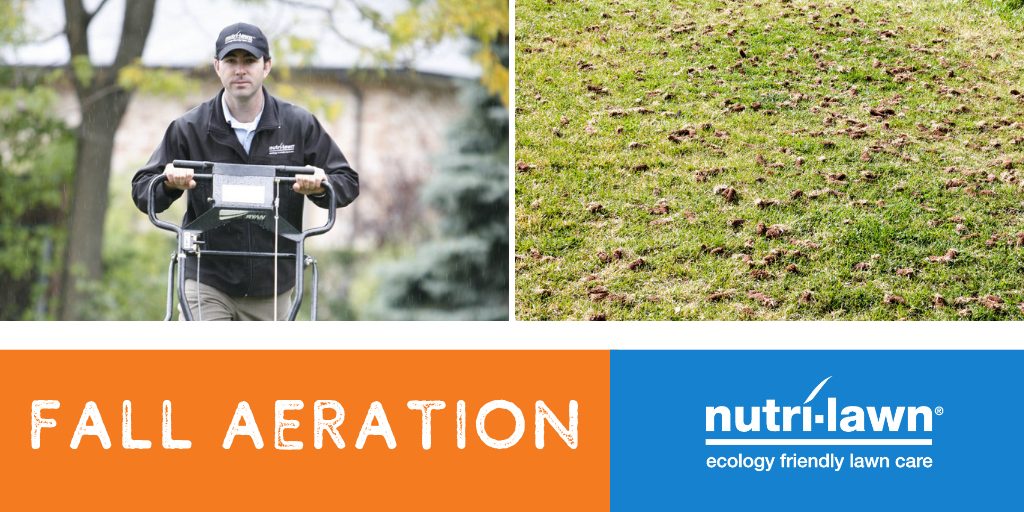
Fall is one of the best times to perform a core aeration. This service is highly recommended and provides many benefits including: relieves soil compaction, removes undesirable thatch layers, encourages deep root growth, improves air and water exchange, and improves fertilizer and other control product uptake.
Apply Lime
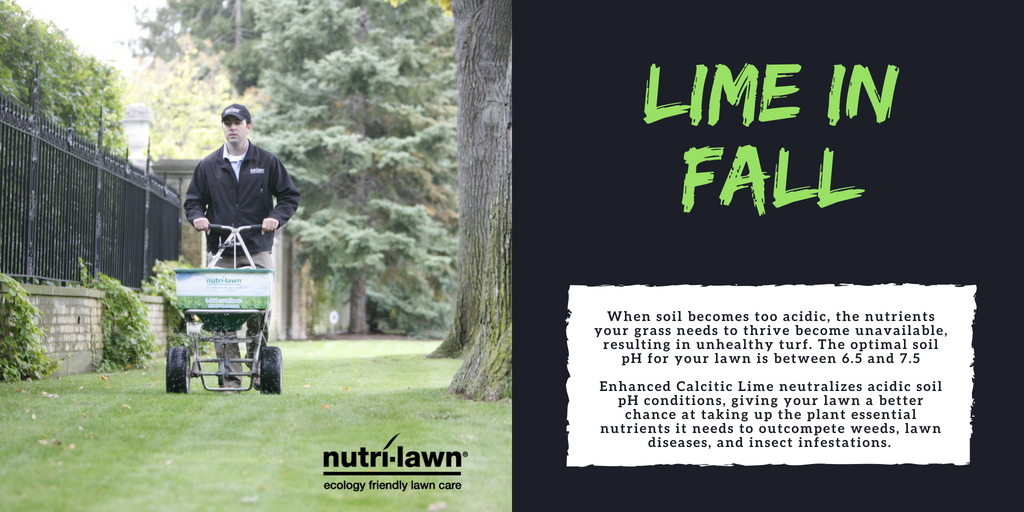
Optimal soil pH ranges between 6.5 – 7.5. Readings below 6.9 are considered acidic and readings above 7.1 are considered alkaline. Fall is a great time to apply enhanced Calcitic Limestone to neutralize soil pH when conditions below 6.5 exist. optimizing soil conditions help increase the availability of plant essential nutrients and enhance turf establishment. Lime treatments should be made before the soil is frozen.
Keep Up With Watering
Even though its fall, the lawn still requires water. Always maintain the recommended irrigation practices if water is required outside natural precipitation. Water deep and infrequent, water early morning, and avoid overwatering. In-ground sprinkler systems require winterization to prevent overwinter damage, so be sure to schedule system winterization well in advance of freezing temperatures.
Keep On Mowing
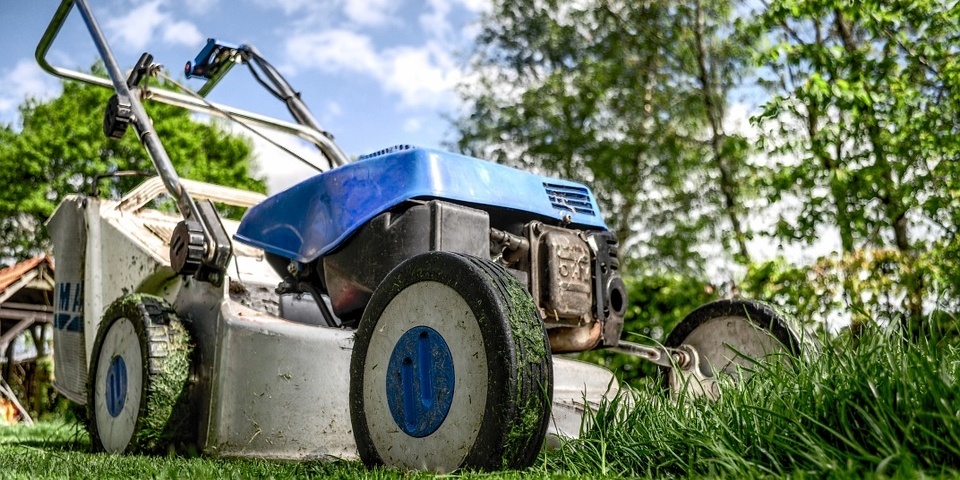
It's important to continue to closely follow regular mowing practices throughout the fall. Mow frequently as required, never remove more than 1/3 of the leaf blade, maintain a height of 2.5–3”, keep the blades sharp, and always mow in different patterns. Mulching clippings can add a great source of natural fertilizer and can also help to keep leaves to a minimum. The final mow before winter should be adjusted so that the lawn is cut shorter than usual.
Adjust the height between 1.5”–2” when planning your mow. This can help prevent disease over the winter as longer grass gets easily matted down making it ideal for diseases to damage the lawn.
Rake The Leaves
Raking leaves can be a big job, especially if large trees are on a property. Fallen leaves should be raked up as soon as possible, don’t wait to rake before all the leaves have fallen from the tree. If leaves are left unraked, they can pile up to the point of suffocating the grass causing dead patches. fungal diseases can also become a problem over the winter if matted down leaves are covering the lawn. Using a lawn mower to mulch leaves, or a bagger to pickup leaves can make the job easier than raking.
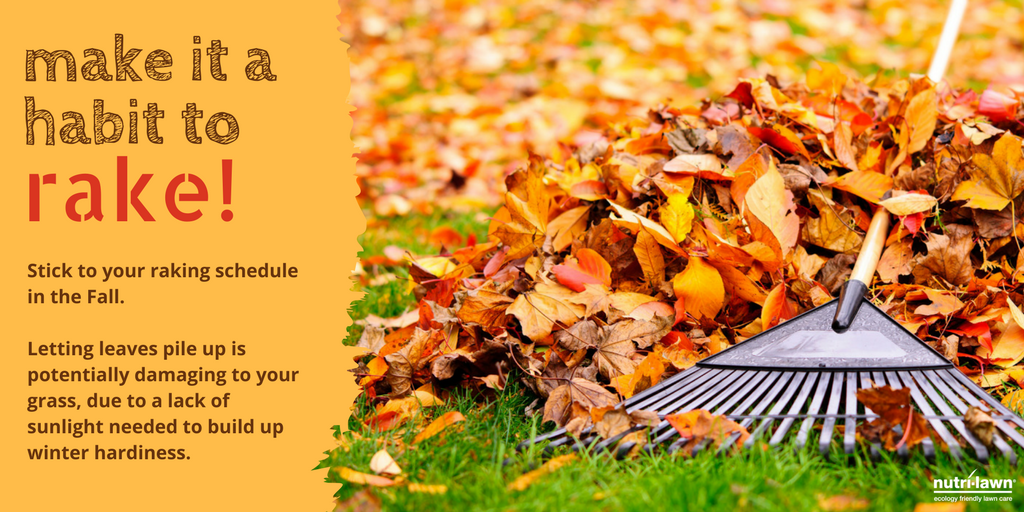
Follow us on Facebook for more turf tips and tricks of the trade.

